The Will and the Way
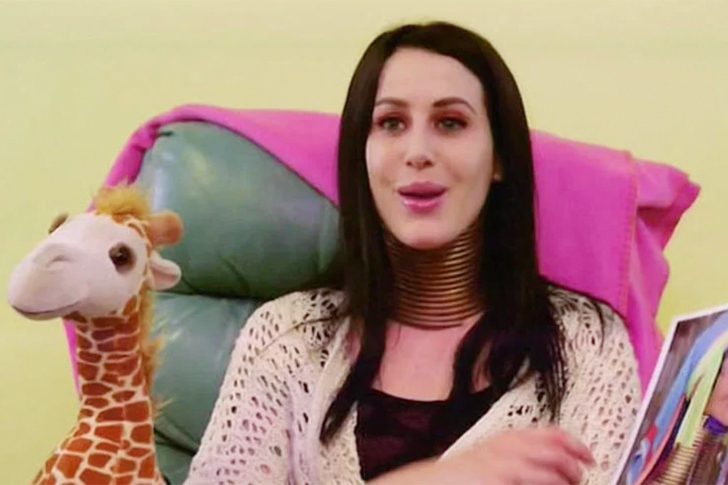
Some people discover what they want to do or be at a young age, while some of us grapple with the question their entire lives. For Sydney, she knew she had loved giraffes ever since she was young. As a kid, she archived and enjoyed anything and everything with a giraffe print on it.
While her peers spent time playing and hanging out together, Sydney spared her extra time to go to the zoo and look at giraffes. To her, the standout feature of the animal was its long, slender neck. You have to admit the giraffes' necks are graceful, and she believed she could also lengthen hers to achieve the same look.
The Rings Snatched Her Freedom
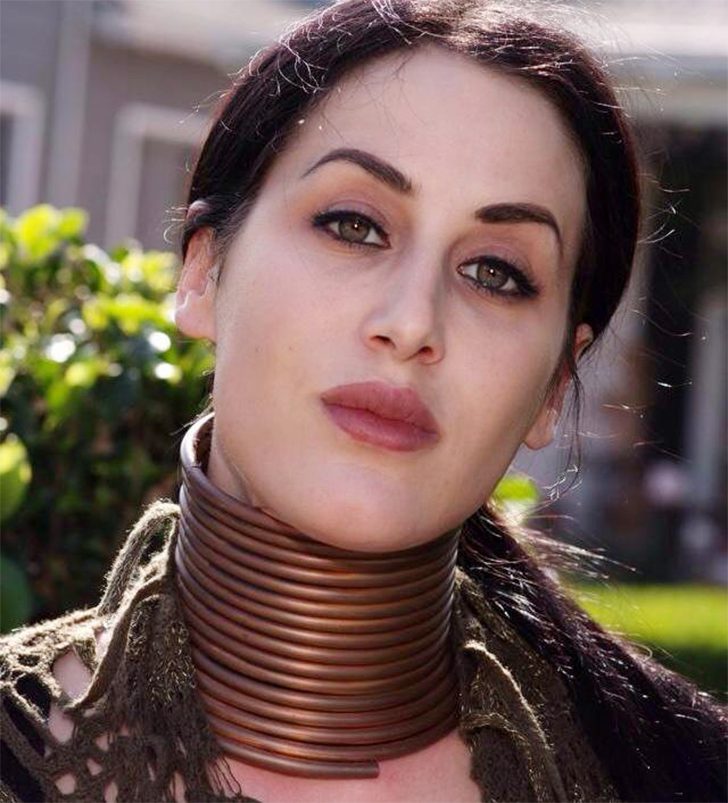
At first, being famous was fun. After all, Sydney was living her dream life and even getting paid for it. However, the attention soon began to take its toll. She found it hard to maintain a private life, as she couldn't even go shopping without being interrupted by strangers, most of whom cared about her rings but not her personality.
The brass rings also meant that she had to give up many activities that required too much movement. These included leisure activities such as swimming and hiking and basic practices like driving. Despite achieving her dream, Sydney did not anticipate such a complicated lifestyle.
Experts Have Their Say
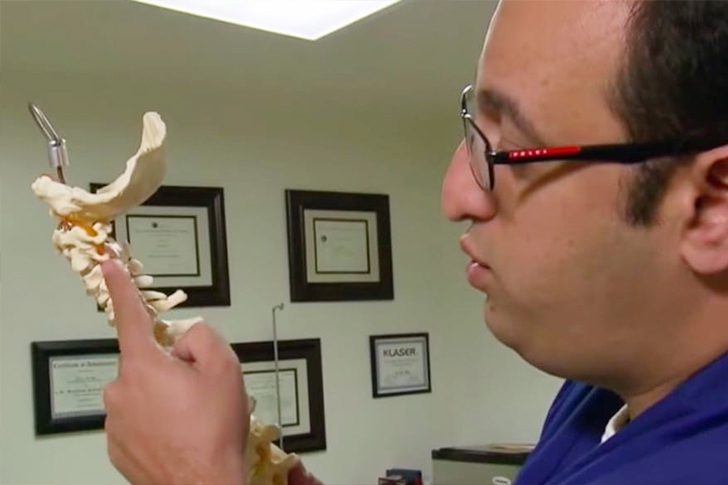
After gaining fame, the experts chipped in their opinions about wearing the brass rings as Sydney did. Southern California orthopedic surgeon, Dr. Jonathan Nissanoff, cautioned against using the method to extend the neck as it could injure nerves in the neck. However, the Kayan women started very young, so there was room for growth.
In Sydney's case, Dr. Jonathan said that she had started too late when her body was already mature. This meant that she was only stretching her skin and pulling down her collarbone and ribcage. These observations made her feel like her dream no longer served her, and she lost the will to continue risking her health for it.
The Root of All Problems

In 1965, David Reimer was born as Bruce Peter Reimer to teenage couple Janet and Ron Reimer. He was the eldest of twins, and his brother was named Brian Henry Reimer. The boys were healthy until they were eight months old when they were diagnosed with phimosis, which prevented the foreskin from retracting, thus causing difficulty in urinating.
The only solution was to get the twins circumcised, but everything did not go as planned. The operating doctor used the unconventional method of electrocauterization instead of using a blade. The process went awry because David's genitals were burned beyond surgical repair. The younger twin was not subjected to the procedure, and his phimosis healed naturally later.
Self-approval is the Best

Being young often comes with a lot of curiosity and the need to experiment with various endeavors, and Sydney was no different. She started by creating necklaces using coat hanger wires. When she wore the necklaces and looked at herself in the mirror, she pretended to be one of the Kayan tribal women, making her feel complete.
When she tried to share her passion with her parents, they ignored her, thinking it was just another childish dream that would fade away with time. To Sydney, however, it was not just a dream but a reality she wanted for herself, and she was determined to follow her heart.
Inspiration Like No Other

In the Kayan tradition, women sport brass coils around their necks from the age of five. They only start with five rings at this point as their necks can't fit anymore. As the girls grow older, they add more rings and replace the small ones.
You'd think the women get to take off the rings at the end of the day, as we do with our jewelry, but that's not the case. Kayan women do everything with the rings on, including sleeping! Shockingly, however, the process doesn't change the neck at all. Instead, the rings push the collarbone down, creating the illusion of an extended neck.
Big, Long Dreams
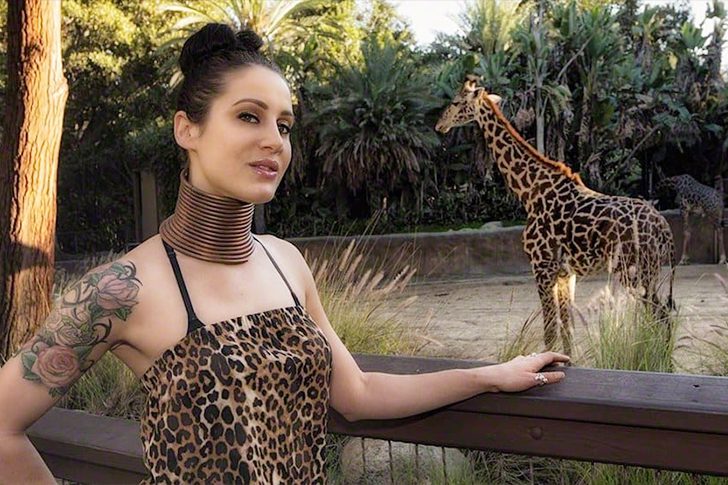
When someone talks about body modification, you think of tattoos, implants, and piercings. However, some people so desperately want to change their appearance that they'll undergo extreme changes to achieve their desired look. This was the case of one Sydney Smith, also known as "Giraffe Woman."
Sydney is a Los Angeles, California resident who took body modification a mile too far. She was determined to go against all odds and pay the price to lengthen her neck and look like her favorite animal, the giraffe. Though it appeared to be an obsession to many, she saw it as a dream, and she pursued it diligently.
A Long Time Coming

Sydney did not just love giraffes; she was passionate about them. So much so that she decided to take it to another level by stretching her neck to resemble that of a giraffe. Every dream has a strategy, and so did hers.
At 30, Sydney was already famous for her unique way of modifying her body. She committed to these drastic means for a whole five years, and to her, the 15 brass rings around her neck also added a touch of elegance to her beauty. So what happened to the lifelong commitment to pursuing her passion for giraffes' long necks? Here's the whole story.
Inspiration From a Distant World

Sydney's dream of stretching her neck was not just a random thought. She had held on to her ambition since middle school. She was an adept reader and was taken in by the Kayan people living in the Southeast Asian hinterland. This, coupled with her love for giraffes, was enough motivation.
The information and photos of the Kayan people that Sydney got from National Geographic Magazine further fueled her ambitions to lengthen her neck. At first, it was just like any other reading, but with time, it made her even more attached to her dream, and there began an obsession that would change her life and her neck.
Why the Tradition?
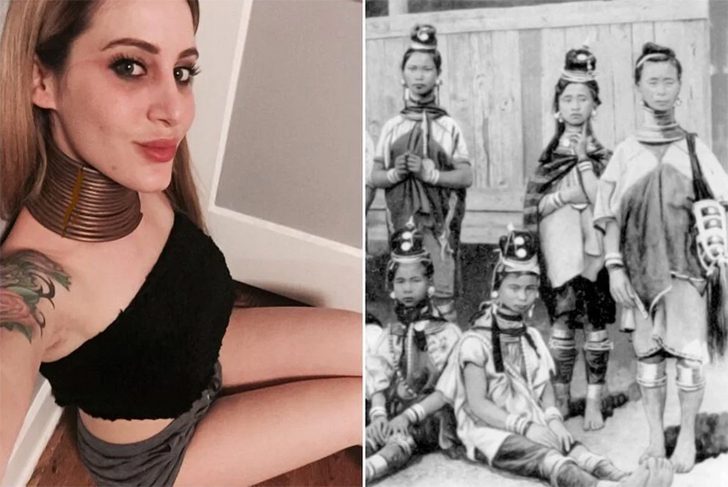
Looking at the Kayan women, the first question that comes to mind is why? Like most traditions, there are several theories for this uncommon practice. One theory states that it's a tactic deployed by the tribe to make women unattractive and ward off men from other tribes who would often take them into slavery.
Other theorists believe that the tribe looks to create clear-cut differences between males and females, so women are meant to wear the rings. Others believe that long necks make women look like dragons, as these mythical creatures are essential to the culture of the Kayan people. Whatever the reason is, it inspired Sydney, who had her objective.
Confusion Sets In

Sydney wore her custom coat hanger rings at night, and despite starting the process of lengthening her neck late compared to the Kayan women, soon she could see the results. She recalls some of her friends at school calling her by the most logical name they could find—Giraffe Girl. Still, her neck wasn't long enough to grab too much attention.
Sometimes, when we choose to stay true to ourselves, people around us may not accept us for that. After a few years of using her DIY rings, Sydney stopped and wondered if that was what she wanted to do. This allowed her to restart the process, only this time; she was sure of what she wanted.
A Tricky Transformation
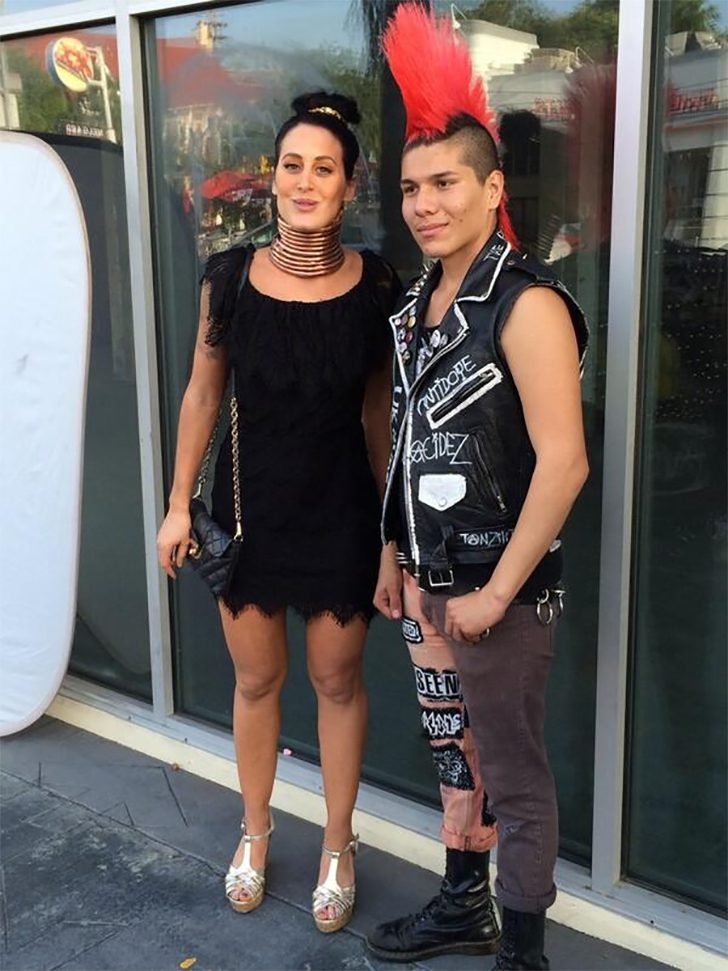
In 2011, Sydney was ready to commit to what she knew was her identity, and she took her passion to the next level. At this point, she was old enough and did not need anyone's approval. She sought out the help of a friend and asked for custom-made rings, which she got.
Like most beginnings, hers was tricky. Even though the rings burned Sydney's skin and caused rashes, she decided to power through it and keep true to her passion. To her, the most important thing was that she was on her way to achieving her dream of becoming a true giraffe woman.
She Wanted It Done... And Fast
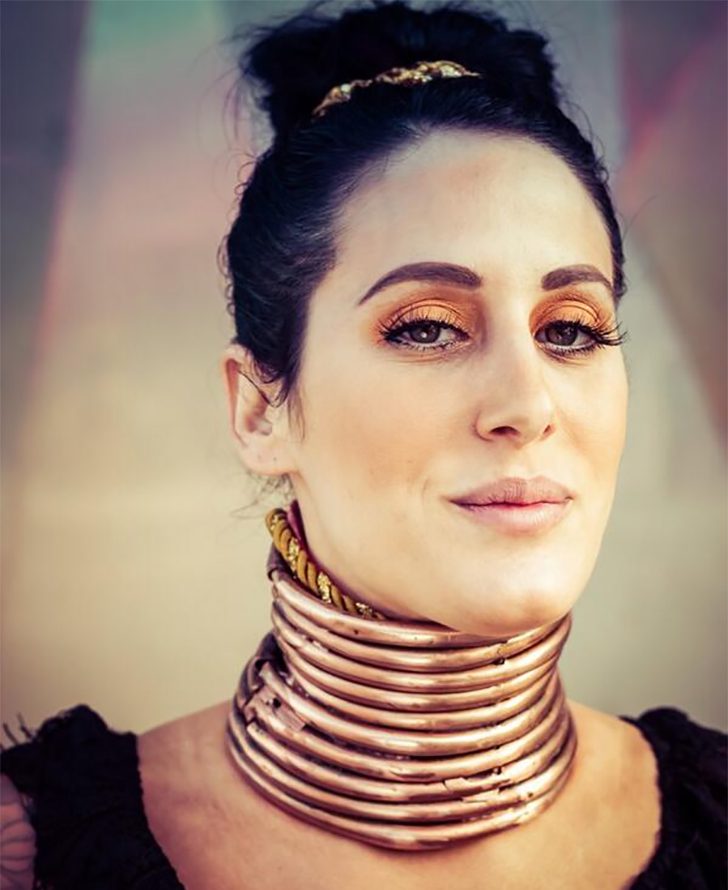
Holding off our aspirations for a long time can leave us unable to contain our desire to achieve them. Sydney got impatient and didn't want to wait another second. With her friend more than willing to make her the brass coils, she wanted to be done with the transition as fast as possible.
She kept adding to her rings quickly, caring less about their weight and the pain they caused. They still took a long time to make, and five years later, she had 15 rings on her neck. They weighed five pounds, and she got her neck to an astonishing length of ten inches! Considering the average is about four inches, it was an impressive feat for her.
Believe It Or Not
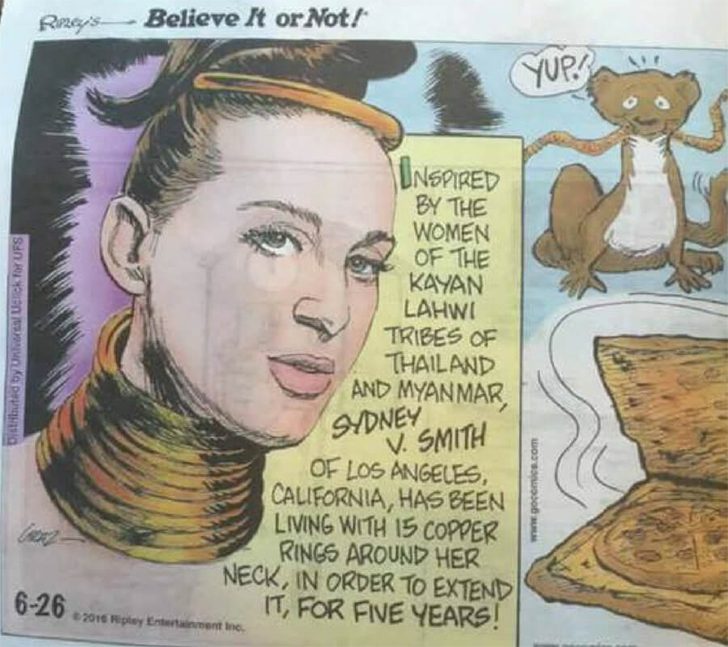
Sydney's neck soon caught everyone's attention. It was unusual to see someone with neck rings in Los Angeles. People stared at her and stopped her in the street, and she became known as the Giraffe Woman. On social media, she also garnered fame by posting pictures and videos to show the world every step of her transformation.
At this point, she also started to get attention from the media. Her first feature was in "Ripley's Believe It Or Not," which is well-known for covering the most bizarre stories they can find. Her story was definitely worth an episode, and it was just the beginning.
The Price of Fame
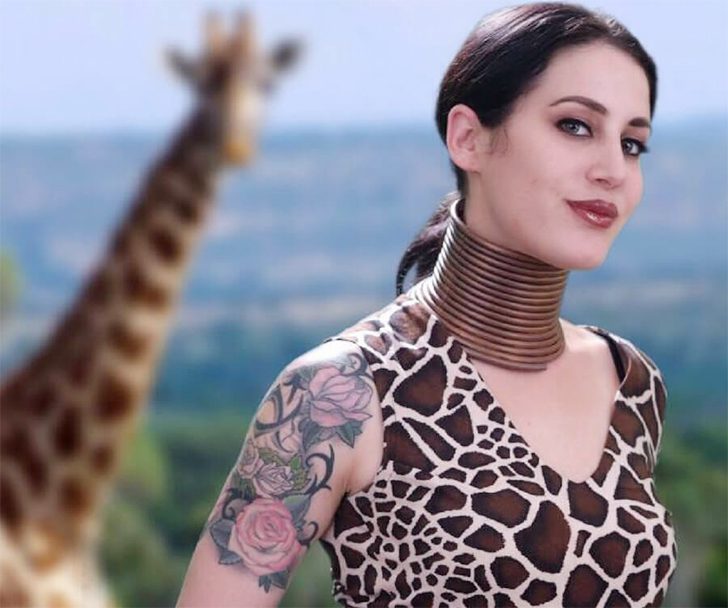
The more Sydney got famous, the more she became reassured that the pain and discomfort were worth it. Modeling opportunities came thick and fast, and she loved how fame followed her wherever she went. But as you can imagine, not everyone approved.
Like any other celebrity, everyone formed their own opinions about her and what she was trying to achieve. Most of her critics felt that she had changed her body to get attention, while others said she was disregarding the Kayan people by misusing their tradition for selfish gains. Committed to her passion, Sydney tried to ignore the public comments, but they soon got to her.
Enforced Isolation

Sydney needed to maintain her privacy and work simultaneously, so she had to find jobs where she would not need to encounter many people. She found work in a kitchen, but it was still a challenge as it required a lot of movement, and the heat burned her skin.
Her romantic life was also affected by the brass coils. Most of the partners she met were only interested in the rings rather than her. On the other hand, some were not interested in her because of the coils on her neck. Some even tried to convince her to remove them before introducing her to their families.
A Fateful Decision - The Rings or Her Life

Sydney had experienced fame and loneliness in her quest to lengthen her neck. She had reasons for choosing this journey and had given up a lot. But at this point, she had doubts over whether she would continue to risk her life for the cause.
She broke down and tried to remove the rings several times, but she always backed out at the last minute. Sydney felt like they were now an integral part of her. She had already gotten used to them and wasn't sure who she would be without them. But in the end, a decision had to be made, and it would not be easy.
The Rings Came Off At Last
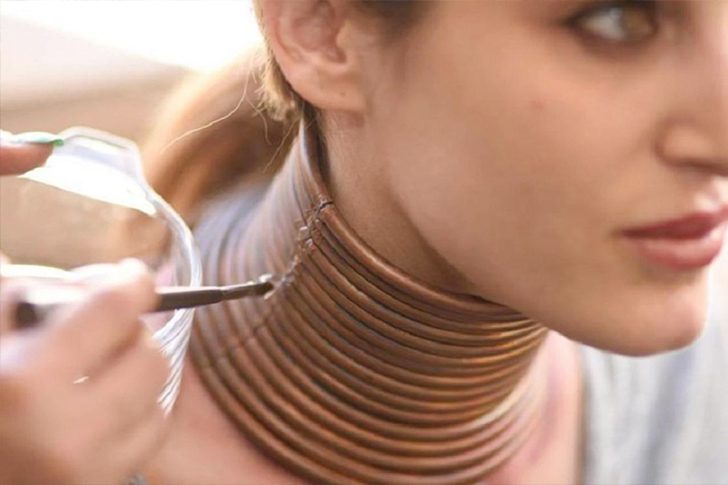
After going back and forth in her mind, Sydney decided to snatch back her freedom and life by removing the rings. She went with a friend for moral support as it took 15 minutes to get them removed. The coils were held together with a strong bond, so a chemical had to be used to eat through them before cutting the rings off.
The experience was equally taxing as she had while putting them on, but her neck was finally exposed after five years. She felt free of the weight physically and mentally, and though her critics called her out for giving up, she knew it was for the best.
All Blue and Black

After finally taking the rings off her neck, Sydney's neck was longer than before, but it was not a pretty sight. She had dark bruises all over and felt weak. After half a decade, she admitted that the experience was worth it, despite its dark side.
The bruising eventually went down, but her muscles remained very weak, and she had to do some special neck exercises to strengthen them. Her doctors said that her neck would shrink back to its average size with time, but she still had to undergo physical therapy to correct the damage that the rings caused.
No Regrets

Sydney claims that she doesn't regret having the rings around her neck despite the pain and rehabilitation she went through after removing them. Instead, she is proud to have pursued her passion fearlessly instead of wondering 'what if.' She also says she enjoyed having them and missed their weight around her neck.
She has since learned to appreciate what she has and feels content in her new life. She devotes her time to taking care of her husband and daughter, Skyler Rose, born in June 2017. While her body modification lifestyle is over, she enjoys the person she's become and prefers to keep the rings in her closet.
David Reimer's Traumatic Story

This next story is also based on body modification, only more extreme and involuntary. It is about David Reimer, who was born a male, but medical complications and negligence meant he would encounter significant problems in the future.
His parents sought a remedy to change his situation and became victims of a deception where they hoped to find solace. The doctor who was supposed to help them saw the opportunity to use him as a guinea pig for his experiment. This saw Reimer being raised as a girl to prove the doctor's theory on how society influences personal identities. Let's see how everything turned out.
The Perfect Rescue; Or So It Seemed
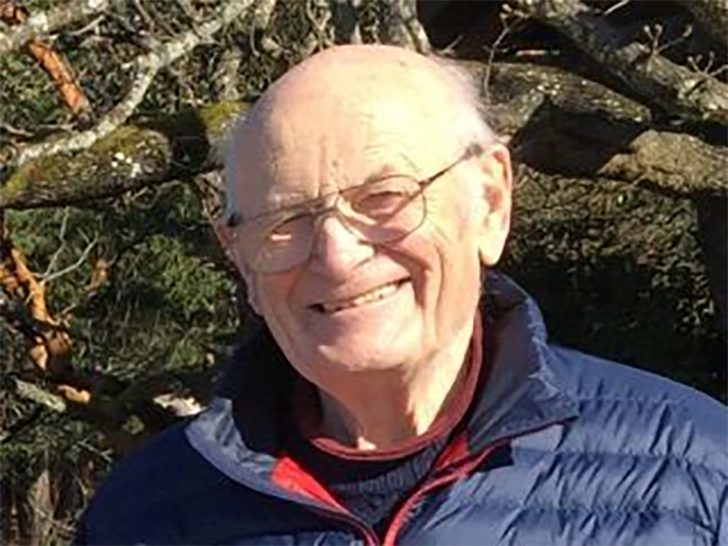
The Reimers were concerned about their son's future happiness and personal life without functioning genitals. They desperately sought solutions until they came across psychologist Dr. John Money on television. He was considered one of the best personal orientation researchers in the country. His accolades went far and beyond, and he was behind the first reassignment of gender at John Hopkins Hospital in 1965.
David's mother wrote to Money explaining their son's situation, and in no time, they were on their way to see him. Dr. Money convinced the couple to let him reassign the gender of their young boy in a process that would involve surgery, hormonal treatment, and psychological sessions.
The Reasoning Behind the "Solution"

Dr. John Money believed that gender identity was not a result of nature but upbringing and social practices. Therefore, when David Reimer's case was brought to his attention, he saw the perfect opportunity to prove his radical philosophy. He also believed that children were gender-neutral and that there was a period in life where their gender could be altered behaviorally.
Money was also inspired by David's twin brother, Brian, who he could use as a control experiment. He could not let this golden chance to investigate his theory slip through his fingers. He had to convince Janet and Ron that it was the best course of action to save their son's future.
Parental Approval

Together with the Hopkins family team, John Money successfully convinced the Reimers that the gender reassignment surgery would be in David's best interest. The couple were barely adults at the time and had little knowledge of gender progression. This made Money's task of convincing them even easier.
In addition to the surgery, the psychologist also prescribed estrogen supplements to help feminize his body. He argued that David would be happier living as a female with functioning genitalia, even though he would be sterile. Growing up, the two children would share genes, family environments, and social lives, but they would develop into different genders.
The Experiment and The Control

Gender reassignment procedures are usually performed on legal-age people who have made an informed decision. However, David Reimer would be the first infant to undergo the process. It would also be the second reassignment performed on a typical male infant with no gender differentiation abnormalities.
At almost two years old, David underwent the process. It involved fully castrating him by surgically removing his testes. The remaining skin was then used to fashion a rudimentary vulva. This marked the completion of the first step, but the more challenging part was yet to come. David was supposed to be raised as a girl, and his brother would be the control.
Growing Up As "Brenda"
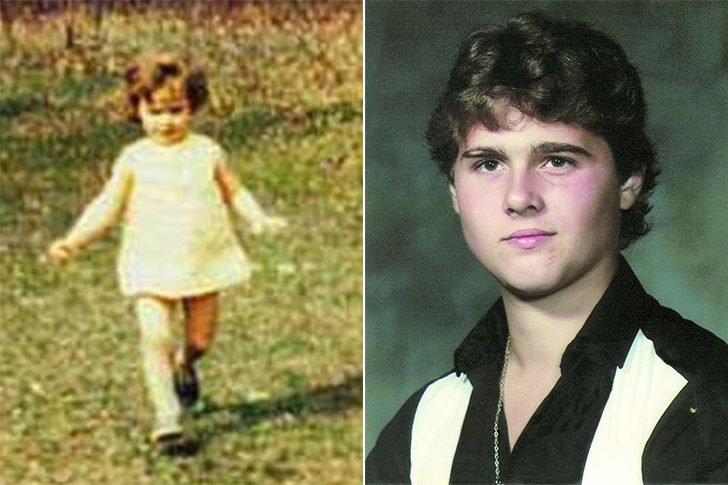
Bruce Reimer began life after the surgery as "Brenda," just as Dr. Money had advised. The experiment became known as the John/Joan experiment, and the twins seemed to adapt admirably to the roles they were given. Brian Reimer had a typical boy's childhood. He enjoyed getting dirty and playing rough. But did "Brenda" follow her script?
Dr. Money noted that the twin "sister," "Brenda," was neater than Brian in his reports. He also stated that "Brenda" was the more stubborn and dominant personality of the two, which he dismissed as "normal tomboy traits." However, the truth was that "she" hated her life as a girl, but that didn't stop Money from claiming credit.
Money and Fame

Despite his apparent shortcomings, Dr. John Money masked the reality by authoring a book titled "S*xual Signatures" in 1975, terming Bruce Reimer's forced transition to "Brenda" a success. The news of his work spread fast, and he received the respect of other scientists, who referred to the development as an outstanding contribution to science.
Money was featured in several publications and magazines that lauded his efforts and the development of the experiment. But nothing could be further from the truth. While everything seemed smooth sailing from the outside, the inside portrayed a different situation. "Brenda" struggled to adapt to her identity, as she felt more masculine.
"Brenda" Never Adapted to Her Identity

Raising Bruce Reimer as "Brenda" was never an easy task, considering that he had been raised the same way Brian was for the first few months of their lives. The Reimer parents could not help but notice the frustration and discomfort "Brenda" felt.
Their mother, Janet, recalled how David tore off a dress the first time he wore it. "There were doubts along the way, but I couldn't contemplate them because I couldn't afford to be wrong," Janet confessed later. Despite changing her dress code and hair and sending him to counseling, "Brenda" still maintained that she was a boy.
Too Much to Handle
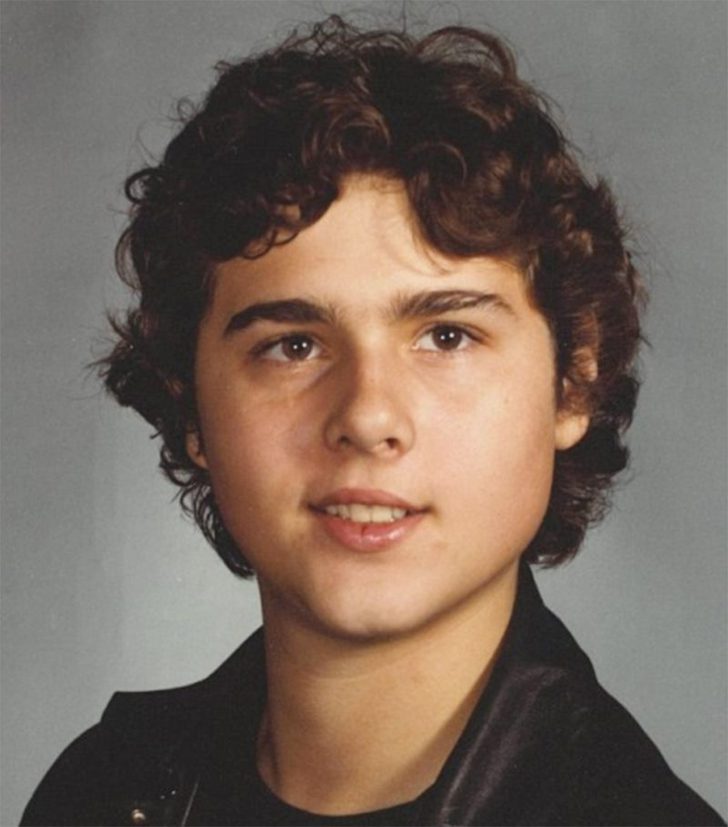
In their attempts to give their son a bright future, Janet and Ron often found themselves pressuring young Bruce to adapt to his enforced identity. The pressure at home extended to school, where he could not figure out his place between how he felt and how he was expected to behave.
Reimer was teased by classmates for his masculine gait and standing to pee in the girls' bathroom, while he was banned from using the boys' bathroom. When he complained about feeling like a boy, his parents convinced him that it was just a phase. By the time "Brenda" was 13 years old, the piling pressure was too much, and she suffered a mental breakdown.
The Reality of the Situation

While Dr. John Money was enjoying the fruits of his "successful" innovation, "Brenda" was struggling with her complicated situation. She was constantly a victim of bullying in school and at home; she felt neglected as no one understood how she felt. However, Dr. Money had given clear instructions to everyone not to tell her the truth.
Reimer's secret also began to take its toll on the family. His father sank into alcoholism, and his mother felt so guilty that she attempted suicide. Reimer's twin sibling, Brian, later descended into substance abuse and petty crime and developed schizophrenia.
Behind the Therapy Sessions

As part of her ongoing treatment, "Brenda" was often required to visit Dr. Money's clinic for monitoring and therapy. As published by John Colapinto in a biography of Reimer, these sessions included childhood intimate rehearsal play. This behavior is difficult to validate as therapy, and it was a traumatic experience for the twins.
Both David and Brian found it hard to attend these therapy sessions regularly. They recalled how friendly Dr. Money was around their parents but ill-tempered when he was alone with them. When they resisted engaging in his sinister behaviors, he got very aggressive and even threatened to beat them up.
Perverted Treatment Continues

Intimate rehearsals were only part of the perverted treatment that the boys received during their therapy sessions with Dr. Money. They were also shown pictures of bare adults to reinforce "Brenda's" gender identity and press her to endure more surgeries that would make her more feminine.
Starting at the age of six, Brian also recalled how they were made to pose in various intimate positions, which, according to Money, were the foundation of gender. He claimed that Dr. Money also took several pictures of them doing these activities. Though David Reimer was reluctant to speak about these experiences, his wife later stated that he had shared the stories with her.
Calling Out Dr. Money
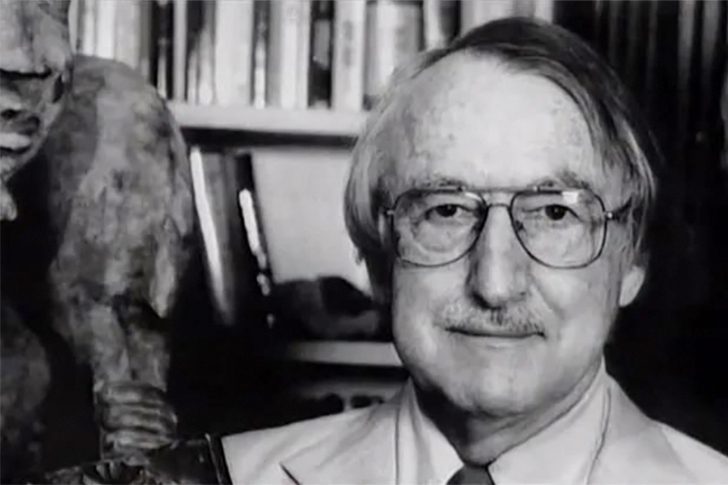
While all this was happening, Dr. John Money had accumulated a large following who supported his theories and praised him for his disruptive innovation. It was no surprise that his supporters were having none of it when Brian and David began revealing all his methods of experimenting. They claimed that David struggled with "false memory syndrome."
However, nothing could justify his methods and the suspicions about them. Even his past came back to haunt him, as he had previously made statements that seemed to endorse incest and child violation. To make matters worse, he had still been entrusted with experimenting on the twins despite his reputation.
And the Truth Set Him Free

Throughout her childhood and into her teens, "Brenda" struggled with adapting to her female identity as she believed she should have been a boy. However, it wasn't until the twins entered their teens that other doctors convinced the Reimers that it was time to tell their children the truth.
One day in 1980, after picking up "Brenda" from a psychologist's appointment, Ron Reimer drove the twins to an ice cream parlor where he told them the whole story. This only confirmed David's feelings, and he was relieved. David vowed to reclaim his gender and stop all forms of treatment. He also assumed the name "David" and reversed the entire process.
Undoing the Misdoings

All through the years, David always identified as a boy despite being raised as "Brenda." When his parents finally revealed the truth to him, he wasted no time recovering the moments he had been unable to experience as a boy. However, getting back to his biological orientation was not easy.
He had to endure multiple surgeries to restore his gender to male, including a double mastectomy to remove the hormone-induced breasts that had grown from years of estrogen therapy and to attach an artificial p*nis and testicles. He also swapped the estrogen supplements for testosterone ones. The process was challenging, and the physical stress wore on his mental health as he attempted suicide twice in his 20s.
A Shot at a Normal Life
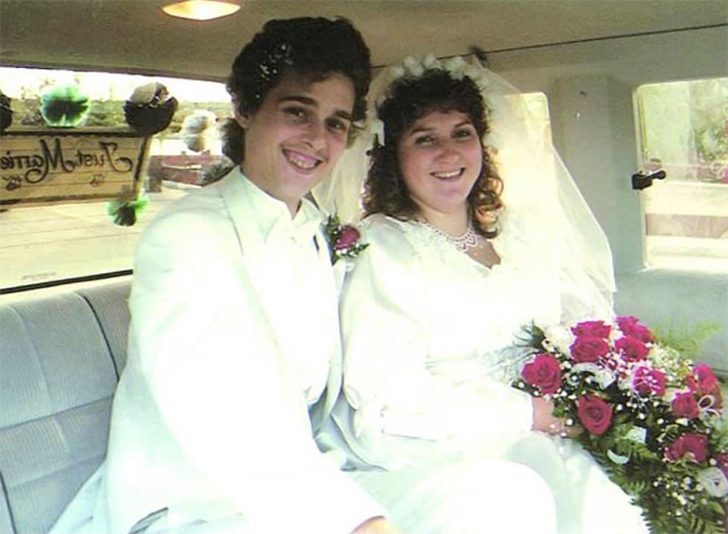
David decided to let go of the past and live a happy life despite his anguish. He fell in love and married Jane, a woman willing to support his chance at a normal life. They were together for 14 years, and David was a stepfather to her three children. He also discovered his passion for antiques, fishing, and camping.
Despite having a normal, happy life with his family, David was still haunted by the memories of his visits to Dr. Money's office. He also felt that sharing his story could prevent other physicians from making similar mistakes, so he started seeing another psychologist.
Working With a New Psychologist
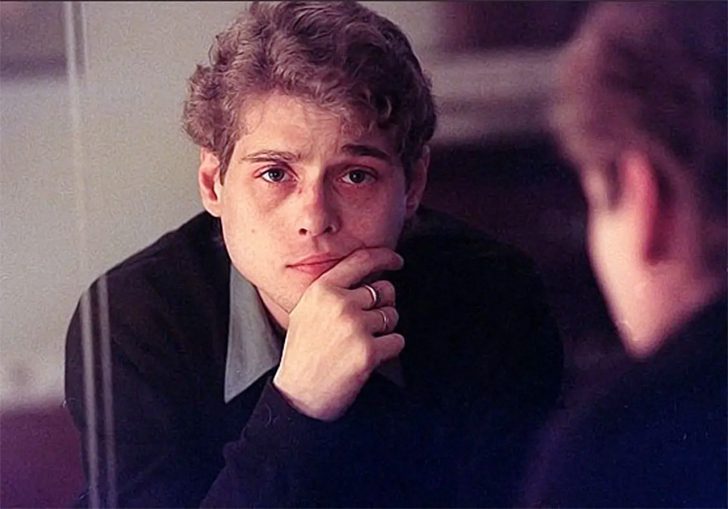
In his 30s, fate connected David to Dr. Milton Diamond, a psychologist who worked as a lecturer at the University of Hawaii. Diamond criticized John Money's study for its lack of evidence and worked with Reimer to debunk his theory that gender identity could be taught or learned.
During his sessions with Dr. Milton, David discovered that Dr. Money had used the alleged success of his experiment on him to formalize the practice of infant gender modification. This infuriated him, and he channeled the anger into speaking publicly about his ordeal and helping Diamond write a study that depopularized Money's ideologies. The paper was published in the Archives of Paediatrics and Adolescent Medicine, and it gained widespread recognition.
Detrimental Scientific Ignorance Exposed

When David finally shared his story in 1997, it divided opinions, even among Dr. Money's supporters. Many were torn between David's truth and the manipulative theories that the doctor had presented about gender and carnal identity. By going public, David Reimer opened the platform for a conversation that would go on for years.
A journalist, John Colapinto, published the story in "Rolling Stone" magazine in December 1997, and the response was incredible. Colapinto himself described how the story changed his mind, challenging some of the theories he had previously believed in. He later edited the paper into the New York Times Best-selling biography "As Nature Made Him: The Boy Who Was Raised as a Girl," which gave a detailed insight into David's story,
David Reimer Meets a Tragic End

After David's traumatic experience, he took it upon himself to transform his life. He found love, started a family, and even contributed to depopularizing Dr. Money's absurd theories. While speaking about his past ordeal, he admitted he would do anything to forget the mental trauma he went through.
Despite all his efforts, it would take more than a lifestyle change and body modification to leave the past behind. Eventually, the weight of his struggles began to overpower him. In May 2004, two years after his twin died, David drove to a grocery store's parking lot in Winnipeg and committed suicide with a sawed-off shotgun.
A Deadly Experiment That Led to Death
 David Reimer's case was complex. From the first gender transition when a medical accident changed his life to a scientific theory that failed, most of his life led him on a dark path with little hope. As a result, he experienced gender dysphoria, a feeling that he never belonged to the gender he was assigned against his will.
David Reimer's case was complex. From the first gender transition when a medical accident changed his life to a scientific theory that failed, most of his life led him on a dark path with little hope. As a result, he experienced gender dysphoria, a feeling that he never belonged to the gender he was assigned against his will.
The lessons from his story are clear for all to see. When people, especially children, are harmed physically and mentally and lied to, no good comes from that. The choice of gender should be an individual decision and not influenced by external parties. This heartbreaking ordeal proved that the risks of deception and secrecy are not worth it.
The Circumstances Behind David's Death

After David's suicide, everyone gave their reasons for his despair: bad investments, marital problems, and his brother's death two years earlier. However, it was surprising how little emphasis was given to the extraordinary circumstances of his upbringing and tragic story.
While most people may want to believe that Dr. Money's experiment was the sole cause of David's death, it was nothing but the root of the problems. His twin, Brian, died from an overdose in 2002, and he visited his grave often; their connection was strong. He had also experienced marital problems as his wife had suggested they take a break from the marriage just two days before he committed suicide.
David's Death Impacted Lives Far and Wide

Before David died, his story had already gained attention worldwide. His suicide added to the dark side of the conversation that was beginning to gain traction and attract interest from the press. As John Colapinto described him, David was "one of the most famous patients in the annals of medicine." He had struggled to hold on, but he finally gave in to the depression.
On the other hand, Dr. Money never publicly spoke about David's case, though his colleagues claimed he was ashamed of how the experiment turned out. In 2006, he also went to his grave without a word, and his side of the story was never heard.
Lesson Learnt The Hard Way

The case of David Reimer has been used by the proponents of the "gender is inborn" theory as proof that they are right and against Dr. John Money's deceptive ideas. If Dr. Money and the Reimers had listened to David's arguments and considered his feelings, they wouldn't have enforced the feminine identity that led to much of his trauma.
It can be difficult to enforce, or even predict with certainty, what gender identity a person will grow up to have. Most importantly, however, is that treating children with shame, secrecy, and lies will cause them to suffer at the hands of people who may think they have the best intentions for them. For David, having his identity suppressed led to depression and, ultimately, death, as the trauma became too much to bear.





